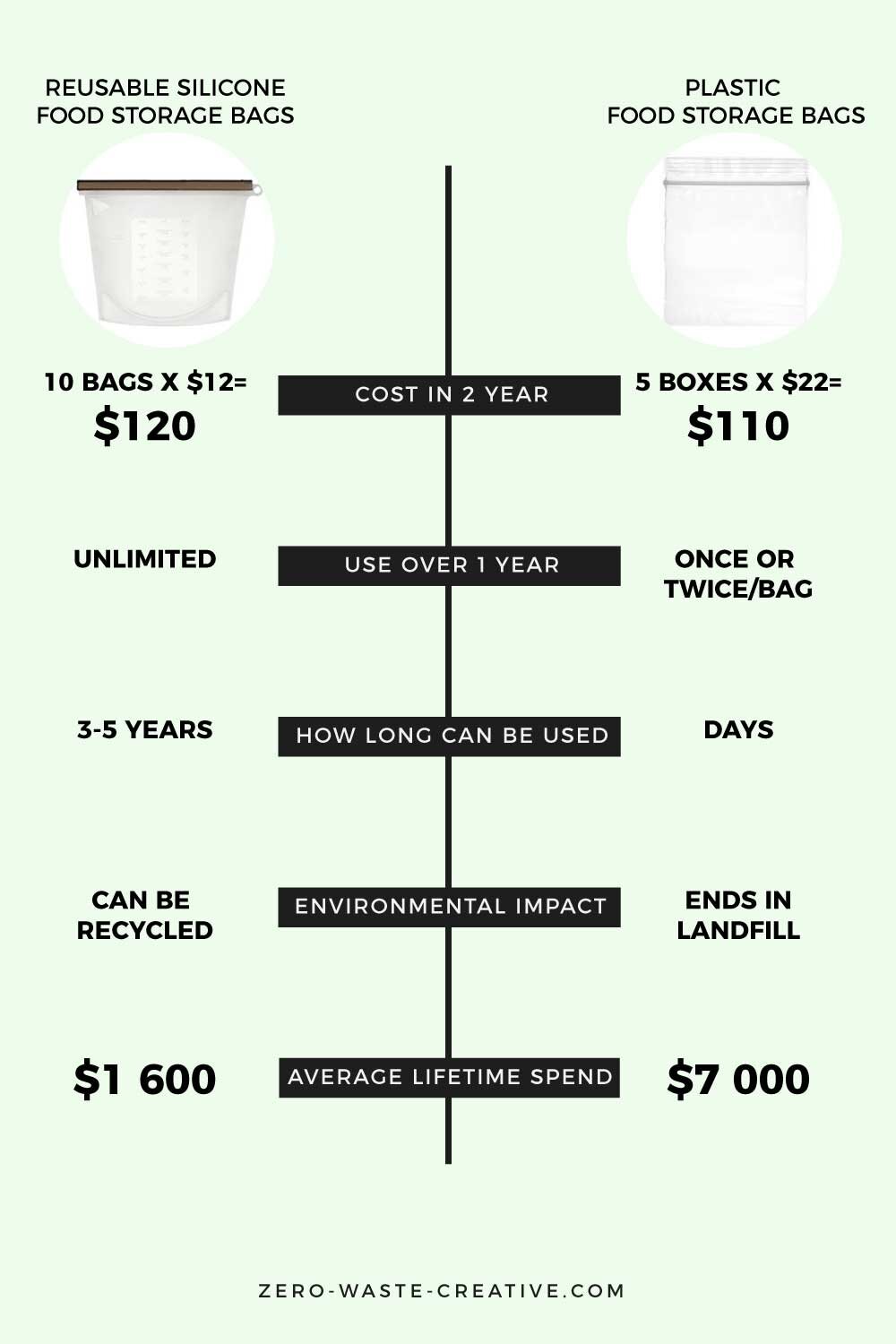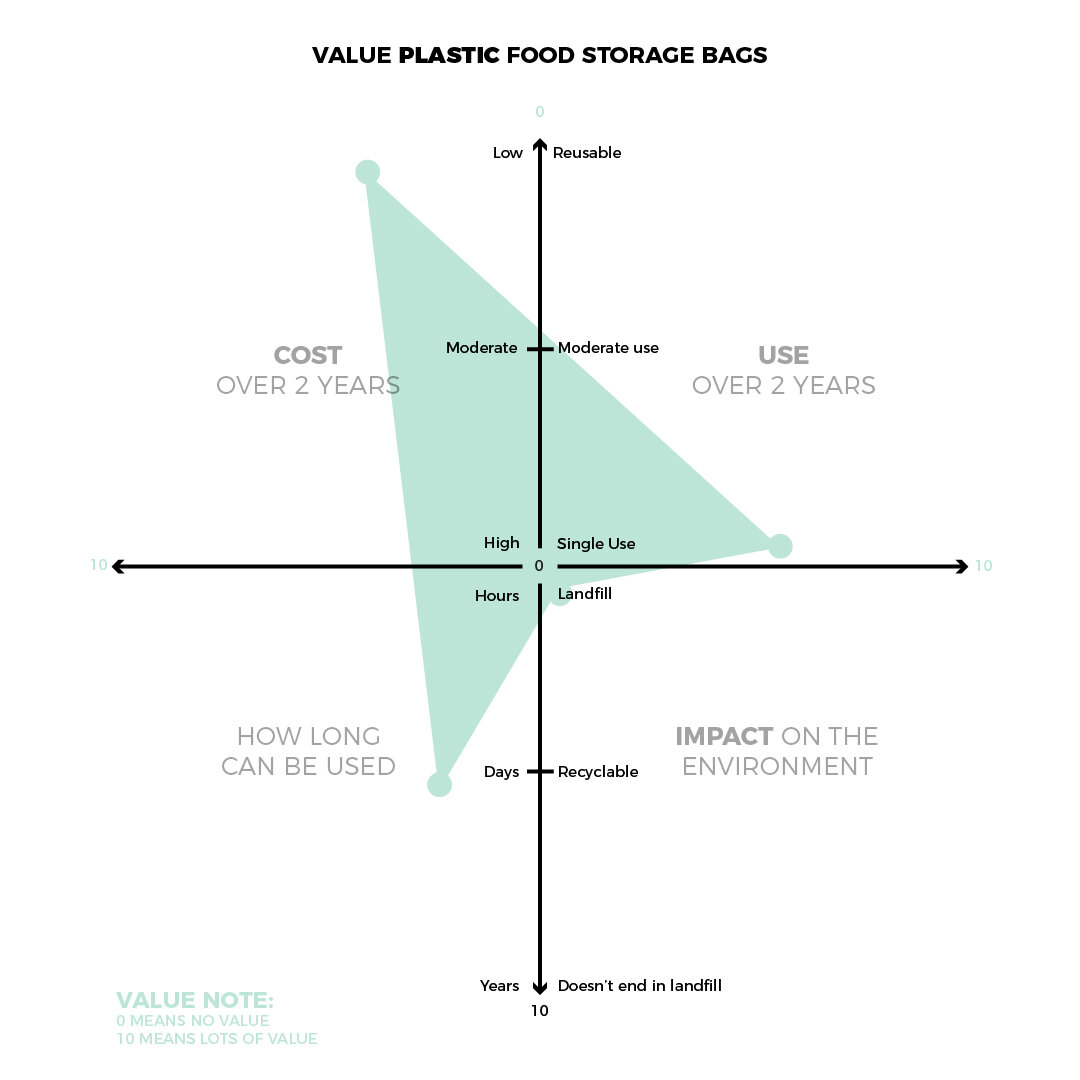Is the Zero Waste Lifestyle Expensive?
Evaluating the stereotypes, barriers, and truth about the expenses of the zero-waste lifestyle.
Hey there, I have heard so many people complain that going zero waste is expensive.
I have been adopting low waste, conscious living for two years now and have kept track of receipt and price tags over the years in order to make a concrete decision on how expensive it is to maintain this lifestyle.
The zero-waste lifestyle is not expensive if you reuse what you have, spend smart, reduce your consumerism habits, and buy second-hand when possible. Over time, the zero waste lifestyle can save you lots of money. After living a zero-waste lifestyle for 2 years, I can confidently confirm that the zero-waste lifestyle is not inherently expensive but it may seem like it is.
By reusing what you already have and repurposing different objects around your home for different purposes, you can save not only money but also save waste from the landfills.
I recognize that there is a lot of privilege associated with the term zero waste and how the ability to choose to consume less isn’t a choice everyone has. Many individuals across the world live sustainability due to necessity and unfortunately, the zero waste movement is known to sort of brush over that fact. While I can only speak from my experience, my hope is to shed some light on the encouraging truths about what a zero waste life actually looks like — without the luxury products and greenwashing.
Reuse what you have
The best way to reduce your waste consumption is to stop introduce more. Zero waste is all about making the best of what you have. For example, instead of buying new storage containers when you start to switch to bulk shopping, the zero waste solution would be to reuse last week’s pasta jars instead. Once you are able to get out of a consumer-focused mindset and start to see the potential in the items you already have, you will see the vast opportunity for savings in every area of your life.
Buy second hand where possible
The zero-waste lifestyle encourages a circular economy. A great way to save on waste is to consider the manufacturing, travel, and packaging of new products and instead opt for giving a second life to products already in circulation. Choosing to buy second-hand where possible is a great way to save money and also in line with the lifestyle.
Spend smart
Zero waste is all about living and SPENDING more consciously This means it requires you to be accountable for the effects your purchases have on the environment. Oftentimes, that means making larger purchases upfront to save you money and waste long term. Other times, it means changing your buying habits.
As an example, check out this side-by-side comparison of reusable silicone storage food bags versus the traditionally used plastic food bag:
Reusable Silicone Storage Food Bags
| PRODUCT | Silicone Storage Food Bags | Plastic Storage Food Bags |
|---|---|---|
| COST IN 2 YEAR | 10 BAGS X $12=$120 | 5 BOXES X $22= $110 |
| USE OVER 1 YEAR | UNLIMITED | ONCE OR TWICE/BAG |
| HOW LONG CAN BE USED | 3-5 YEARS | DAYS |
| IMPACT ON THE ENVIRONMENT | CAN BE RECYCLED | ENDS IN LANDFILL |
| AVERAGE LIFETIME SPEND | $1,600 | 7,700 |
This data is based on Canadian cost of goods, average manufacturing product lifespan, and from personal experience.
Notice the HUGE difference in savings? There are so many examples of this throughout the entire lifestyle — below I have made a graphic as another way to explain the balance of benefits in choosing sustainable products over single-use items. The more green you see, the more value the product has.
LET ME KNOW IF YOU WANT TO SEE MORE COMPARISONS LIKE THIS. IF YES, WHAT PRODUCTS SHOULD I COMPARE NEXT?
This data is based on Canadian cost of goods, average manufacturing product lifespan, and from personal experience.
Why does the zero waste lifestyle seem expensive?
Influencer culture
I absolutely love advocating for this lifestyle online. It allows me to connect with my community and share tips I have learned along my journey to help others. Education is so important when it comes to environmental issues and I see the value my voice can bring to the movement. However, there is a part about this I don’t love. I find a lot of zero-waste ‘influencers’ do not show the full scope of their lives. On the surface, they have perfectly minimalistic homes with aesthetically driven pantries to match their perfectly curated Pinterest boards. This is an inaccurate representation of the lifestyle and perpetuates the idea that zero-waste is expensive and unattainable. If you reuse what you have, stop buying things you do not need, you will end up with mismatched objects around your home, and that is ok.
Higher quality products
Most true sustainable brands position themselves at a premium because they know their buyers intend to make the best use of their products and hold on to them for a long time. Smaller batched manufacturing usually comes at a cost and must factor in liveable wage manual labour. Many high-quality sustainable hand-made products use premium materials that shy away from cheap plastic and imported goods. All considered a single product aimed at reducing waste is going to last a lot longer than a ton of cheap or disposable items and they are priced as such.
During the industrial era, plastics and pollution-dense labour factories became affordable. Businesses have been taking advantage of quick money-making solutions without thinking about the detrimental long-term effects of their actions. Most ‘cheap’ products come at a much higher cost.
New tech is expensive
Some zero-waste products are very expensive because the cost to produce them is high. New innovative tech product manufacturing processes can be very costly. While not always necessary, many zero-waste individuals choose to integrate new technologies that make their lives smarter and easier. Specifically, with new green technologies, there are so many new household advancements happening — from electric cars to solar panel roofs, and in-house items such as the Vitamix FoodCycler, and the Nest Learning Theromostat it’s easy to mentally rack up the potential spending.
How can the zero waste lifestyle be expensive?
Accessibility challenges
For those in remote communities, accessibility can be a HUGE barrier in achieving a low waste lifestyle. Not only is it more difficult to have access to bulk shopping retailers, but the cost of shipping to remote areas is also usually a lot higher. I know this because I also encountered this problem with my little store. Although I drop-ship most of my eco-friendly products the shipping is still outrageous. I found so many products I loved that had shipped at $25, which sometimes is more than the product itself.
Brands take advantage
The term greenwashing was coined by New York environmentalist Jay Westervelt in 1986. Quite a lot of the time you will see brands take advantage of eco-friendly movement by advertising products to a demographic with high salaries. Claims of “natural” “chemical-free” “green” allow room for a higher price tag. This strategy creates an injustice for low-income families, as it encourages higher spending on products that benefit health, and can affect the accessibility of human needs. It can also drive up the price of trendy foods, supplements, and reusable products.
Temptations of consumerism
I don’t believe anyone should feel limited when trying to reduce their waste consumption. There are plenty of opportunities to spend on items that are important to you, that serve a purpose, and will last. However, zero waste can start to get expensive if you begin to indulge in ‘sustainable products’ that you don’t really need. From bamboo cutlery sets to matching glass jars, there are so many products out there that exist for you to spend money on instead of actually serving a purpose or fulfilling a need. This is one of the biggest misconceptions about the expense of going low-waste — the lifestyle does not intend you to spend more, rather spend consciously and purposefully.
So there you have it! Do you still think zero-waste is unattainable for you, and if so why? Let’s start a discussion in the comments. If you are interested in learning more about my zero waste journey, or where to start — check out some of my other great blog articles for zero waste beginners listed below.






![5 Reasons Why Zero-Waste Lifestyle Is Hard [INFOGRAPHIC]](https://images.squarespace-cdn.com/content/v1/5d8eaf52b0f93e1912ee8e30/1617198099983-QZ7NDTXRKZP2FXNZJHCW/infographic-thumbnail--a-beginner%27s-guide-to-Zero-waste-living500x500px.jpg)

